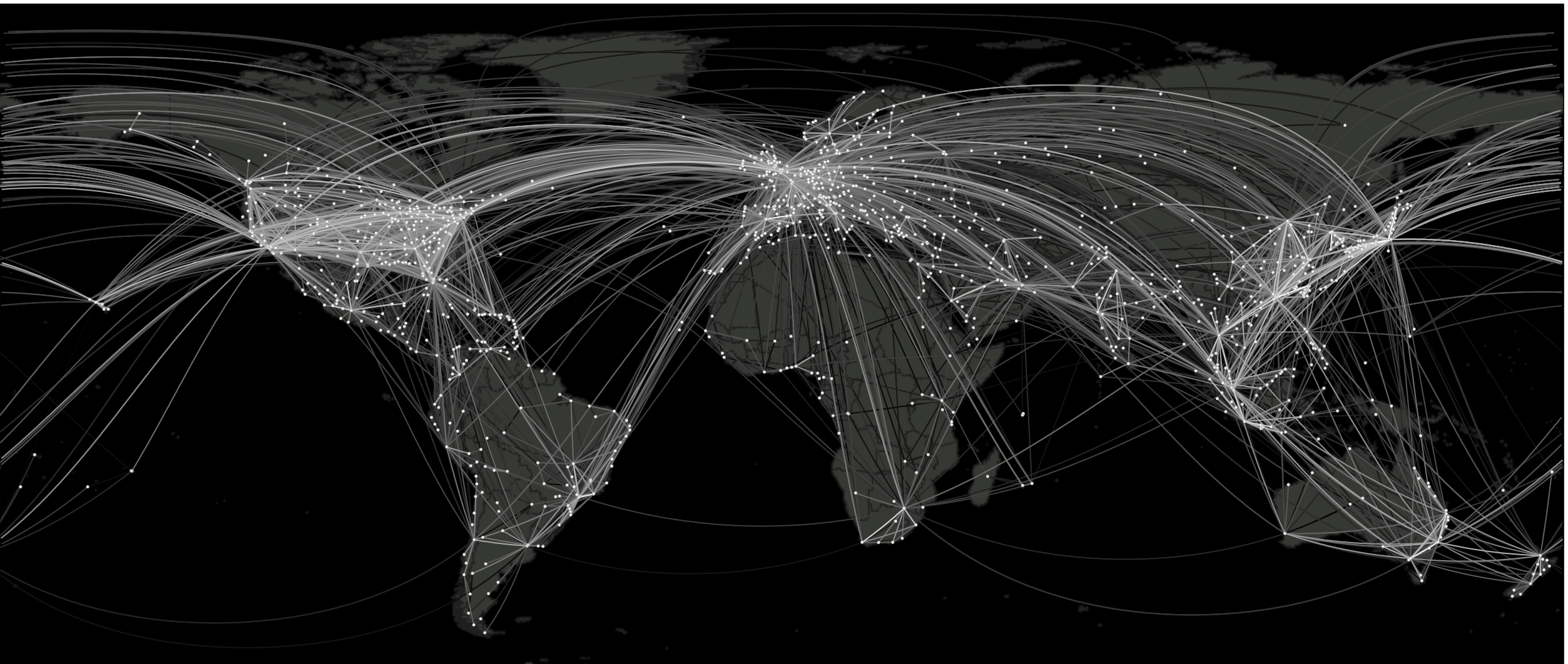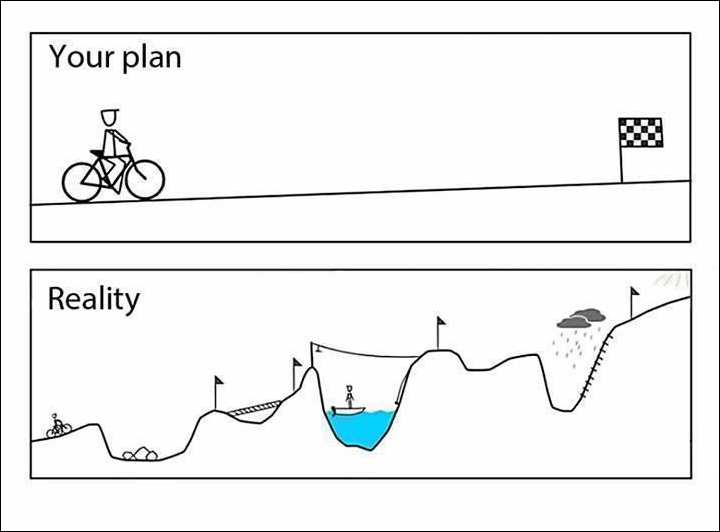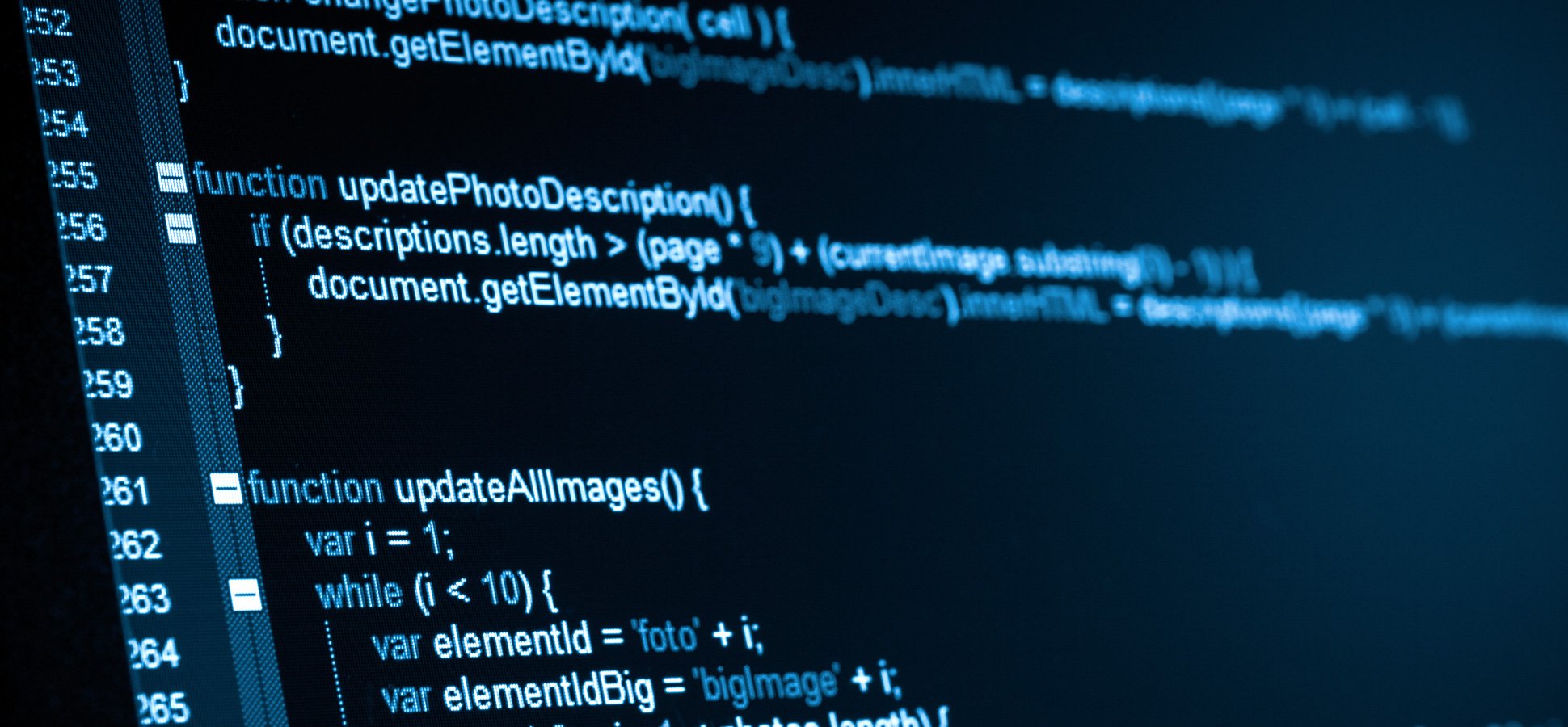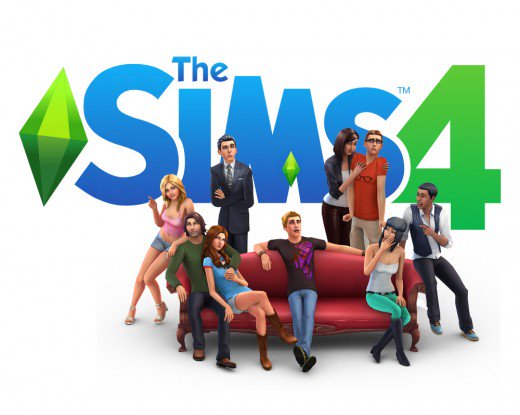What is Modeling?
Note that there are many different types of models and many different uses for them. Models categories include: stochastic models, deterministic models, micro-models, macro-models, autonomous models, continuous models, differential models, compartmental models and many more. Generally, models are created when society has a question that cannot be answered or measured in the real world.
To put it simply: Build a simulated system and investigate.
Let’s break that down.
System
The system is the thing we want to know more about. A system could be proteins interacting with one another, polio spreading through a country or a group of Sims buying groceries in SimCity.

Simulated
The system being simulated means that it is an estimate of the real world. It is not the real thing, but a representation of it. It is simplified with assumptions, which reduces how complicated it is. To be considered valid and worthwhile, the representation must match the real system.

Build
Building the simulated system looks different depending on the type of model. It can be a computer program, a miniature representation of a building, or a water tank with wave machines. While building the model, you calibrated it to mimic the system you are interested in.

Investigate
Now, you are ready to investigate the question, theory or phenomenon. You present the model with all of your tricky questions, vary parameters and observe the system’s response. If the model is calibrated correctly, what happens to the model will represent what would happen in the real world: providing you with an answer!

What is Agent-Based Modeling?
Basic Definition:
Often referred to as ABMs, Agent-Based Models are microsimulations that simulate the behaviors and interactions of independent agents. ABMs focus on actions of autonomous (self-ruling) agents so as to observe emerging population-level trends. In most epidemiological applications, agents represent people who interact with each other to form an artificial society, simulating a hypothetical population of interest. However, an ABM can represent any distinct set of units that interact with each other (e.g., hospitals, schools, or governments).
ABMs have three defining properties.
Let’s break them down.
1. Independent Agents
In an ABM, an agent represents a person. Each agent is given a specific set of characteristics such as age, gender, sexual orientation, race, and HIV status. The collective agent population should be representative of the real-world population you are interested in. Agents change their characteristics as they interact with each other and the environment around them, making them “autonomous”. You can think of an agent as a Sim in a SimCity!

2. Interactions Through a Network
Once the population is created, the model will partner agents with other compatible agents based on age, race, and sexual preferences. Different ABMs have different ways of matching agents (partnering algorithms), but they function as you might expect (ex. agents closer in age are more likely to form a relationship). As relationships form, interactions can form along those same connections. Interactions vary from sexual encounters to a doctor prescribing medication.

3. Everything Done by the Roll of Dice
The network is created and changes using probabilities. Each interaction is given a probability that represents the chance that it will happen. At each time step, all of these probabilities are used to determine how the model will proceed. For example, let us say that the probability that an agent will get tested for HIV each day is 1/1000. Each day, there is a “dice-roll” that determines, based on that probability, which agents will go get tested. This is how the model proceeds and develops through time.







